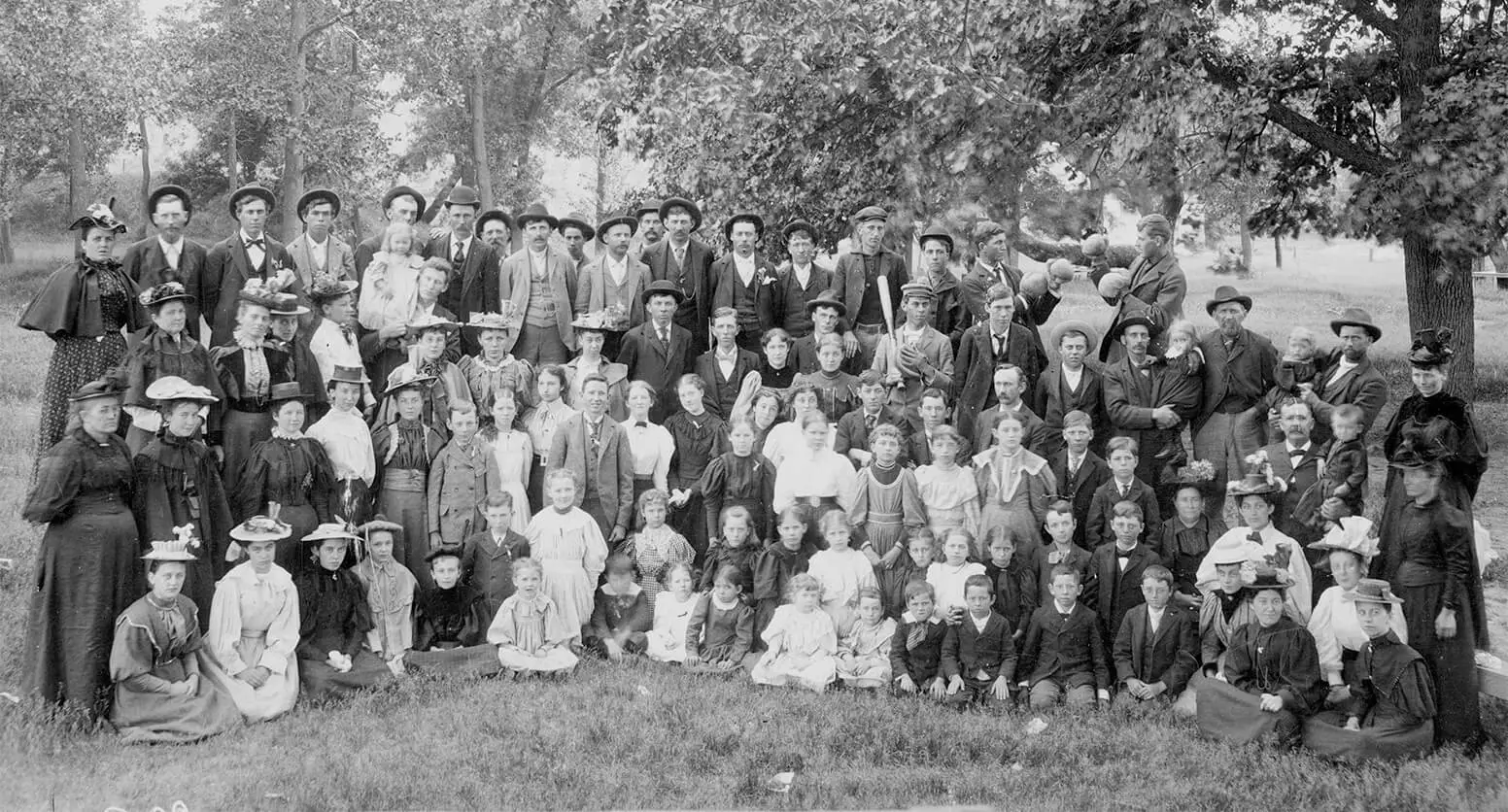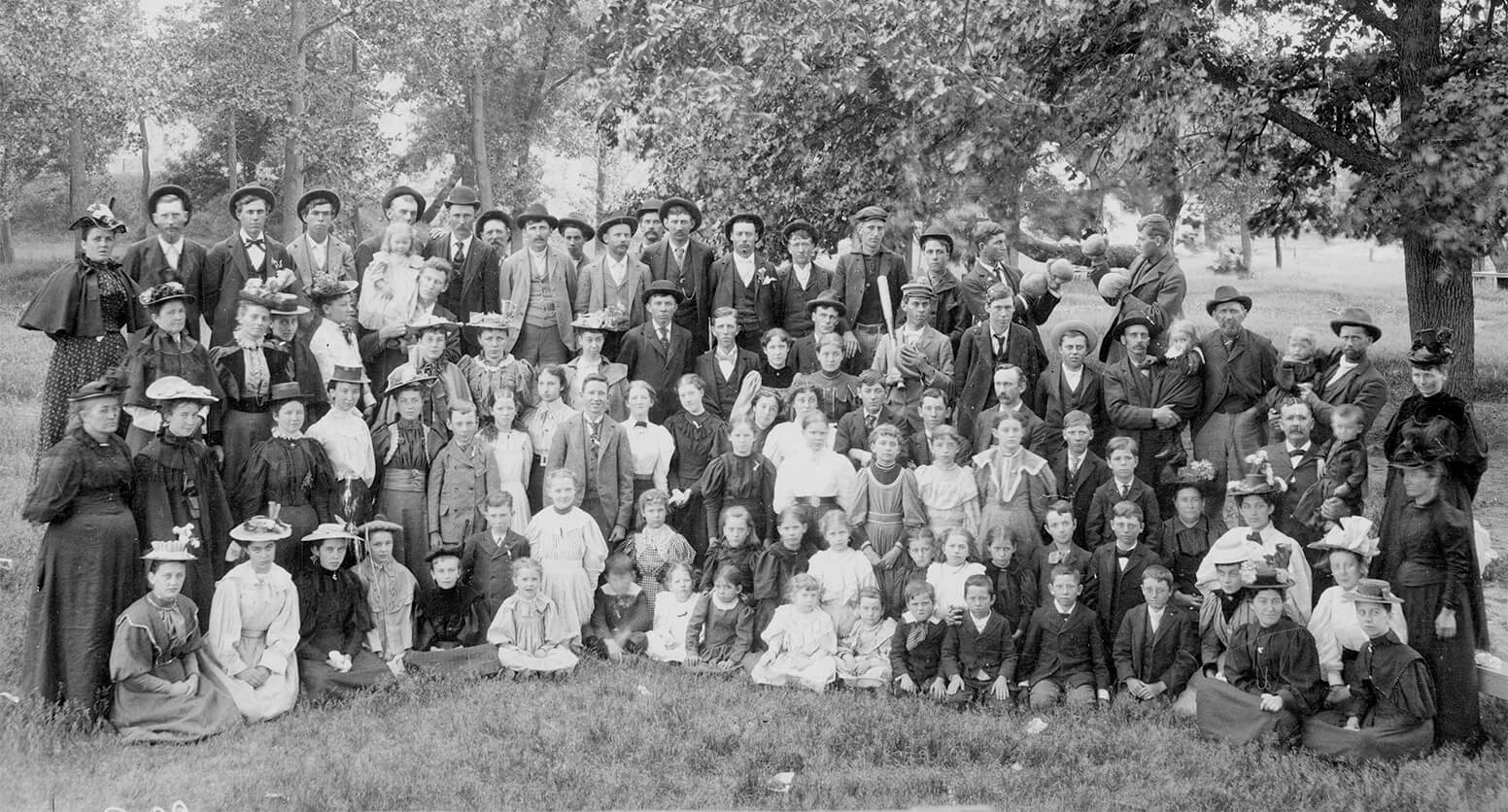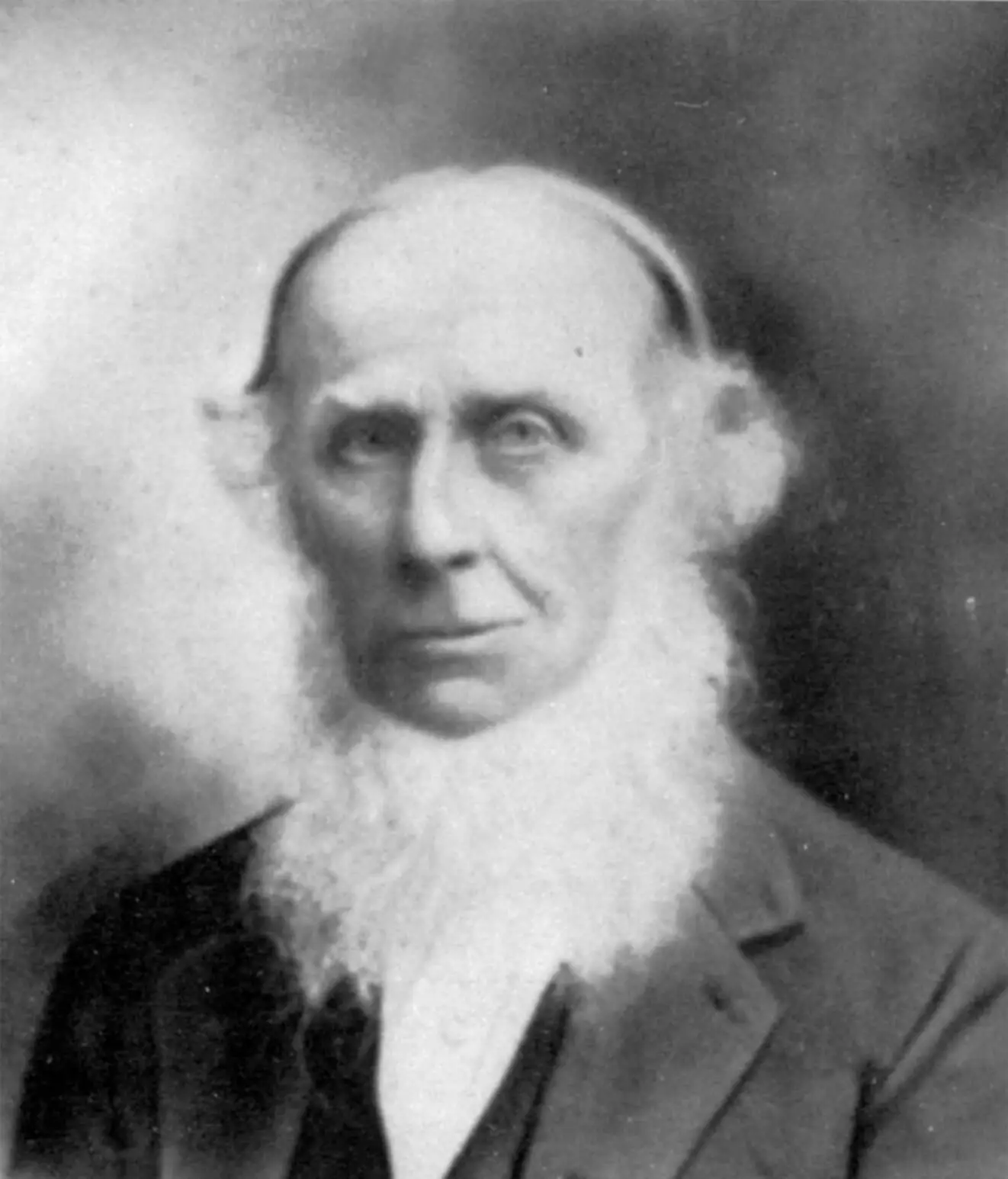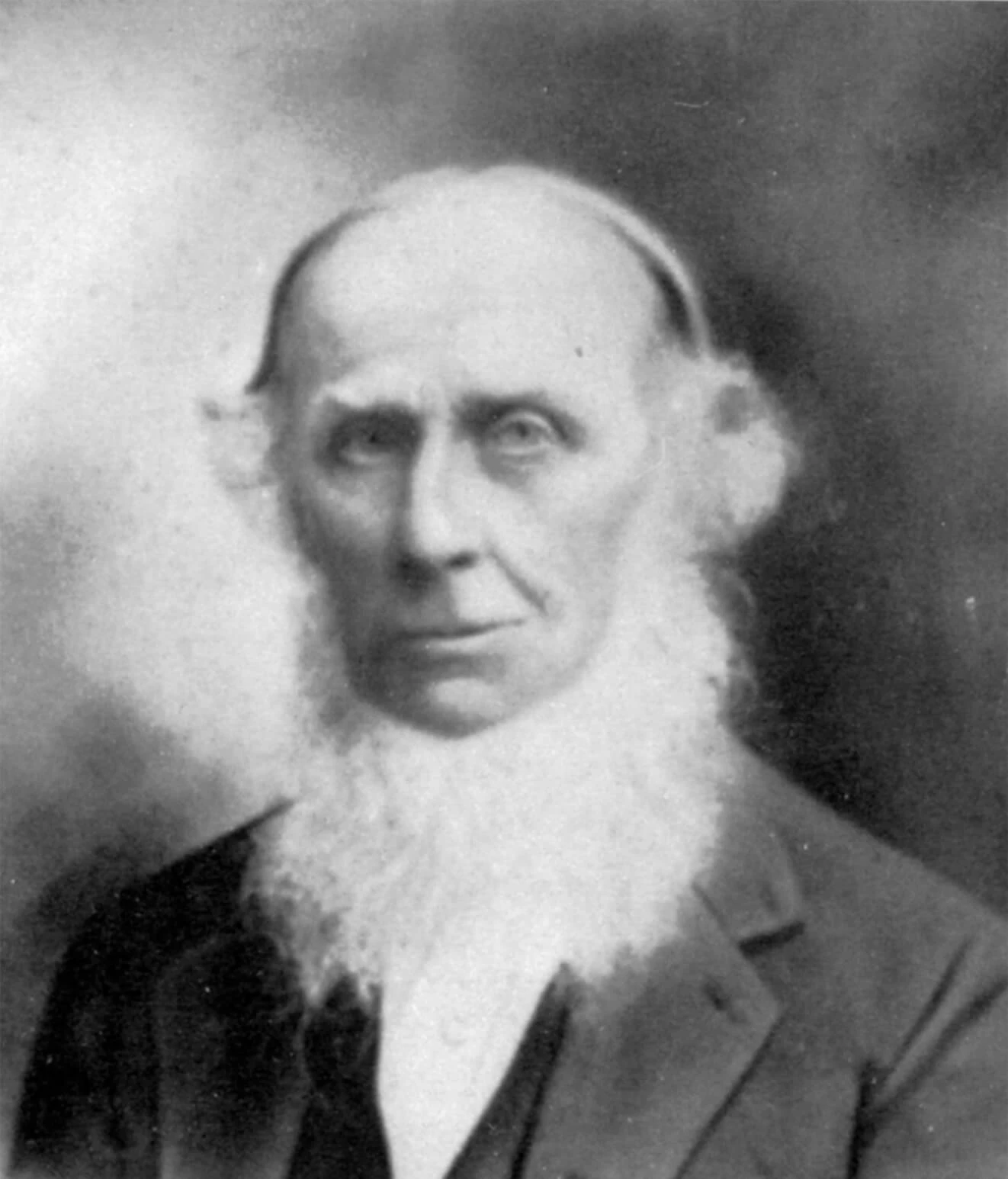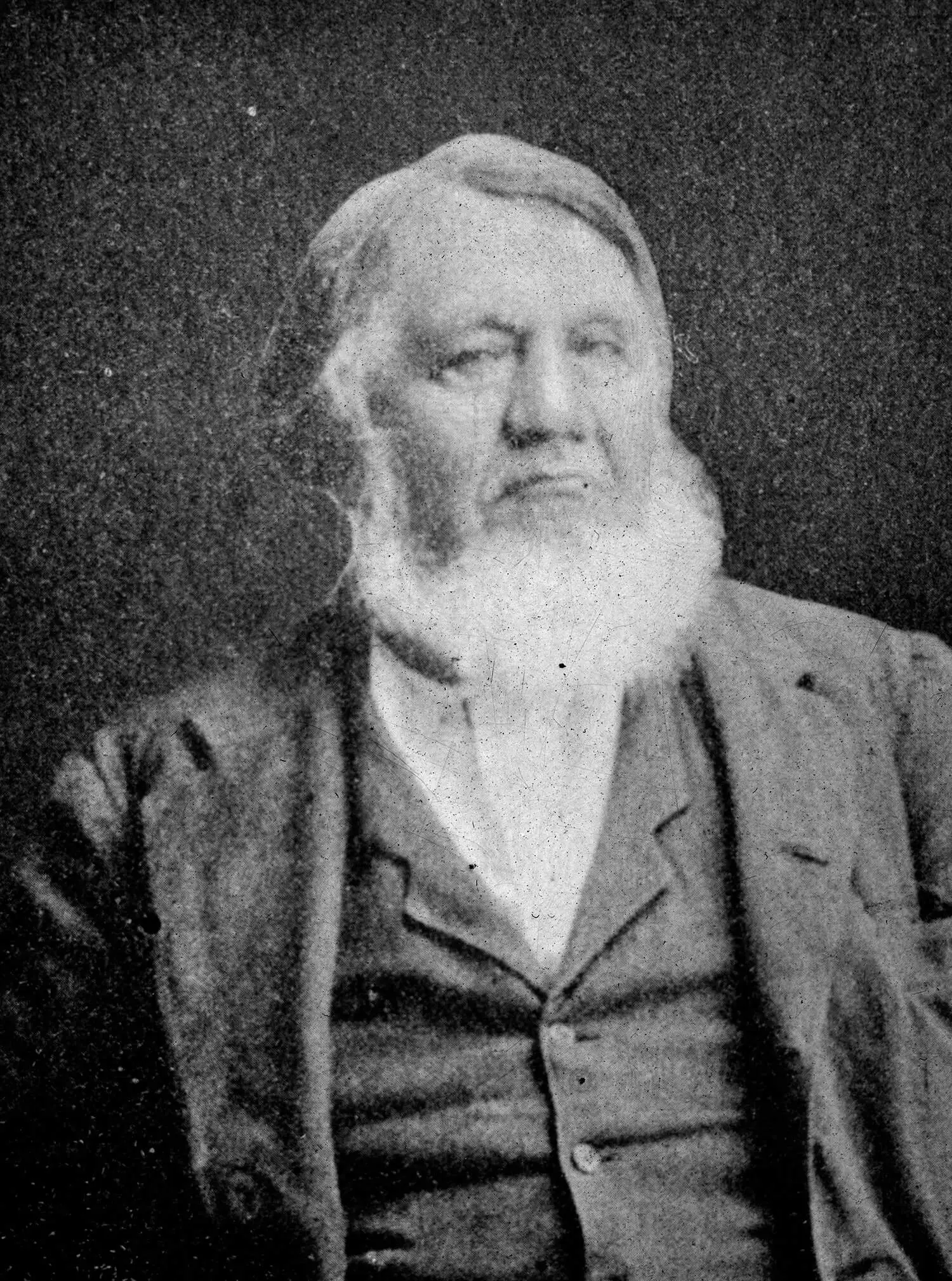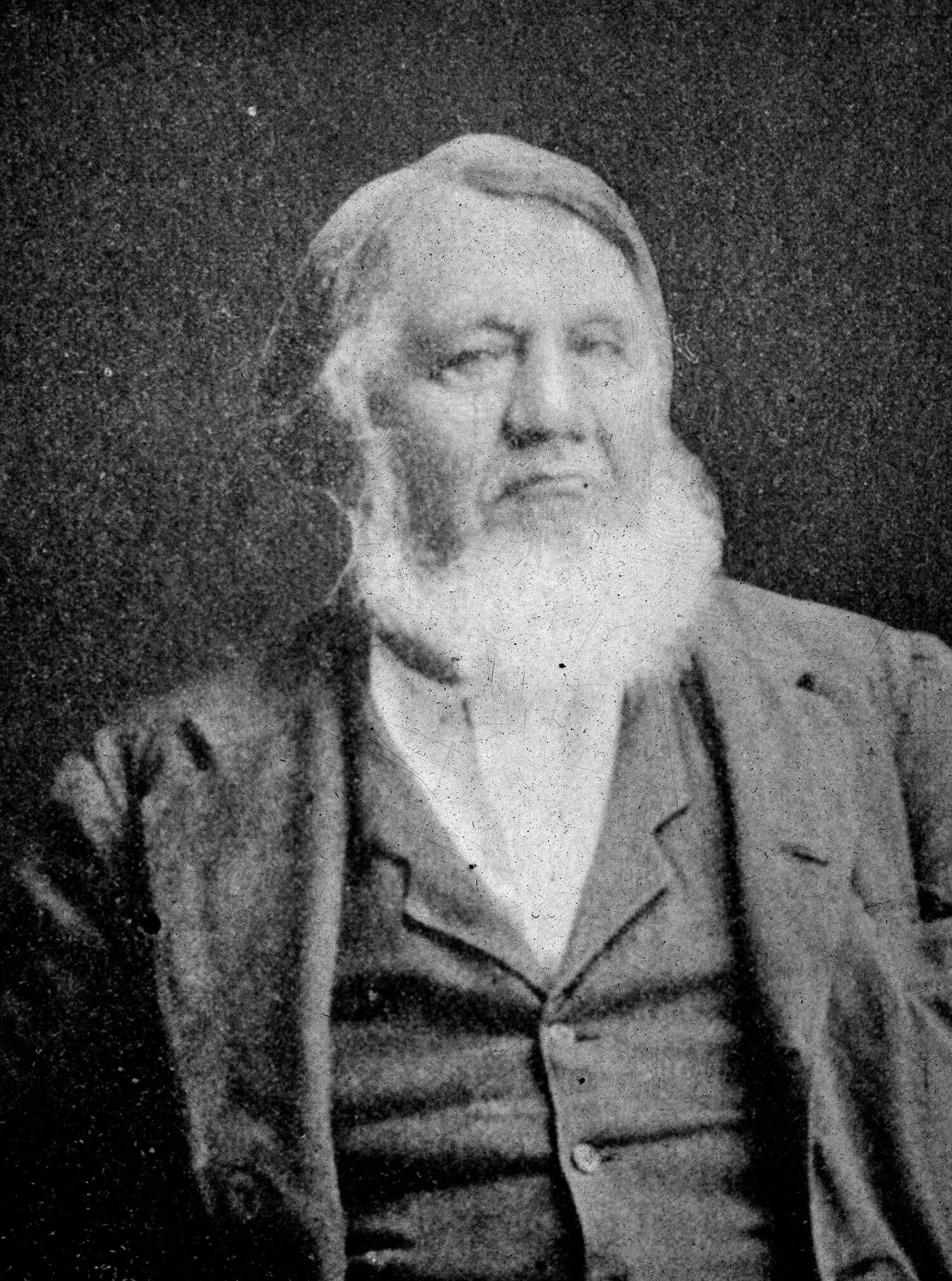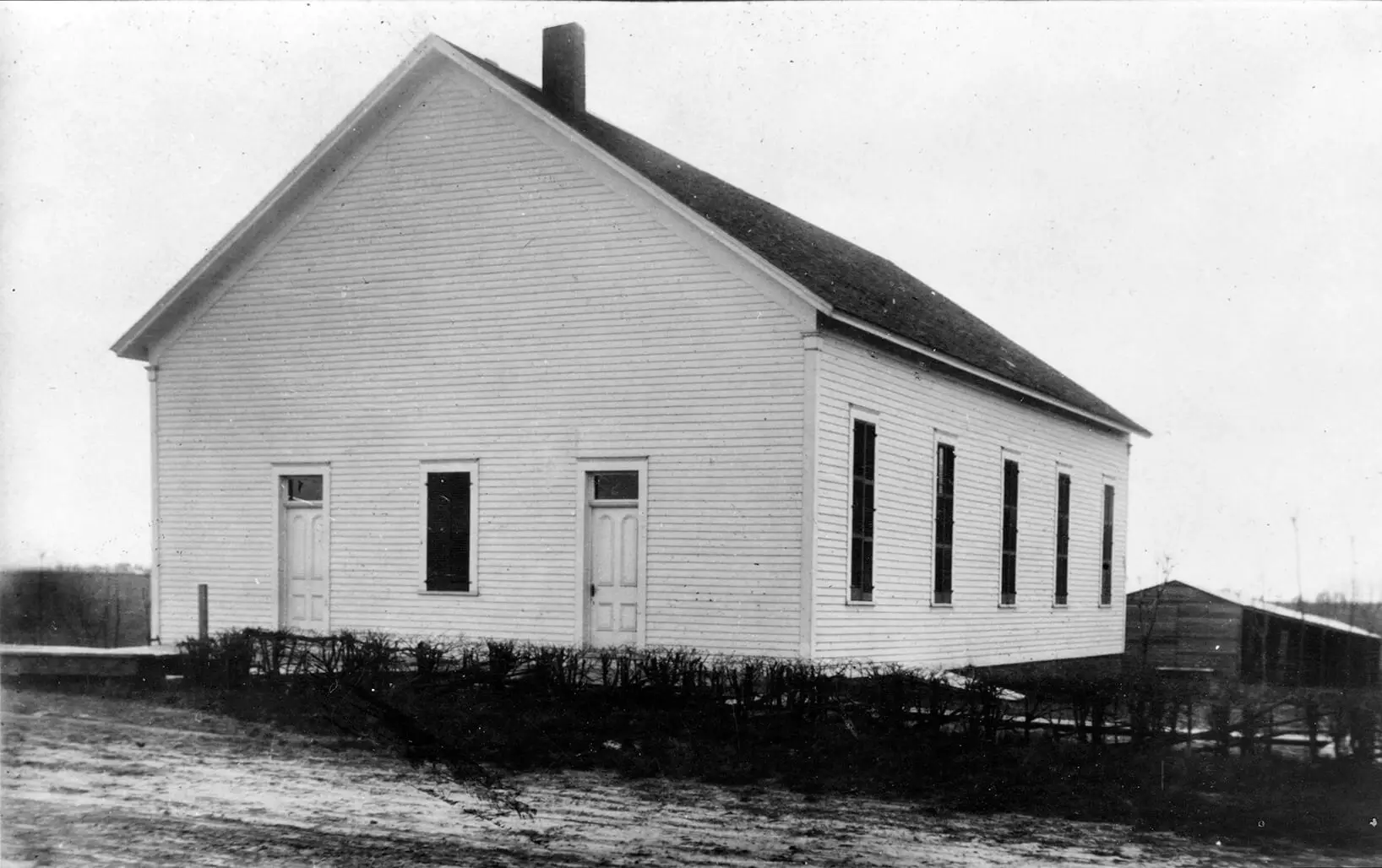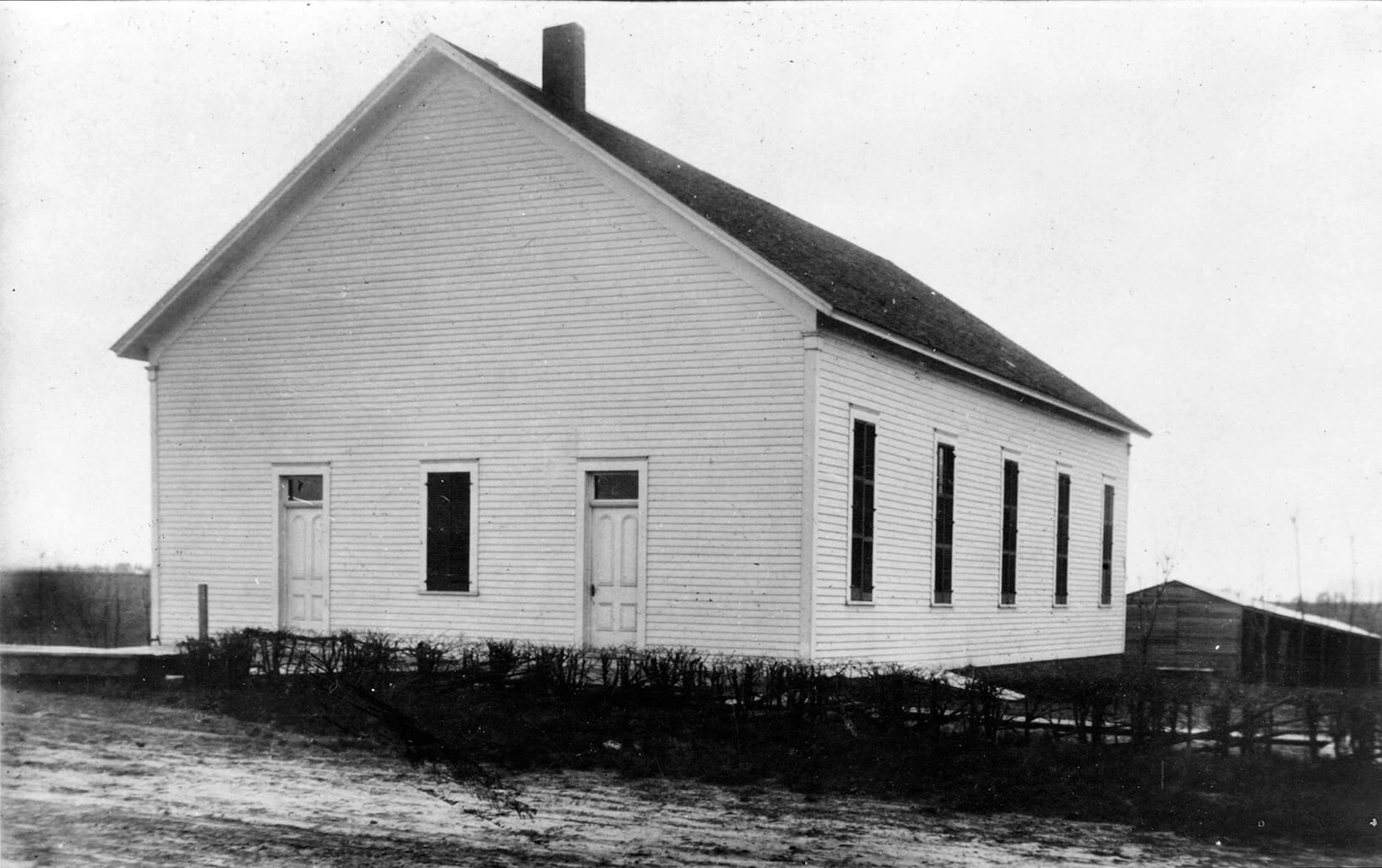The Great Rush – Zook Family
Yost and Susan Hoestetler Zook arrived in 1850 with sons Adam and Jacob, and daughters Catherine and Eliza. Finding the perfect homestead proved challenging.
With a desire to escape worldly influences and adhere to simple values, many Amish families began to settle near the Mackinaw River in the 1830s. Some came directly from the Alsace region on the border between France and Germany, others from Pennsylvania and Ohio.
Susan and Yost settled in northwestern McLean County with other Amish immigrants like themselves. White Oak Grove was the Zooks' first home, but they were unhappy there. A year later they moved to nearby Dry Grove.
For the Amish, social life was always intertwined with church activities. The Zooks were members of the Rock Creek Congregation, a less strict congregation of Amish settlers.
Led by Jonathan Yoder, they eventually formed the North Danvers Mennonite Church.
The Rock Creek Congregation was formed to serve northwestern McLean County in 1853. It was a splinter group of the Mackinaw Congregation (established in 1838), which had become too large.
Its ministers, Jonathan Yoder and Isaac Schmucker, were progressive. They permitted more modern fashions, including buttons on clothing (rather than hooks and eyes), neckties, and the shingling (layering) of hair.
Bishop Stuckey was at the forefront of a larger division in the Amish church.
In 1872 he refused to ban a member of the church for teaching universalism. Rejected by the Amish, universalism was the belief that God would save all of humanity regardless of religious affiliation.
Unwilling to reject universalist beliefs, Stuckey’s congregation split from the Rock Creek group and organized as the North Danvers Mennonite Church. Stuckey’s church and other liberal-minded congregations founded the Central Illinois Conference of Mennonites, with which many area Mennonite churches are still affiliated.
Like their neighbors, the Zooks made sure their children learned to read, so they might study the Bible, write, and do math.
Imagine the family gathered in a lamp-lit room listening as their father read from the Bible and taught them the ways of the Lord.
Pocket inkwell, circa 1860
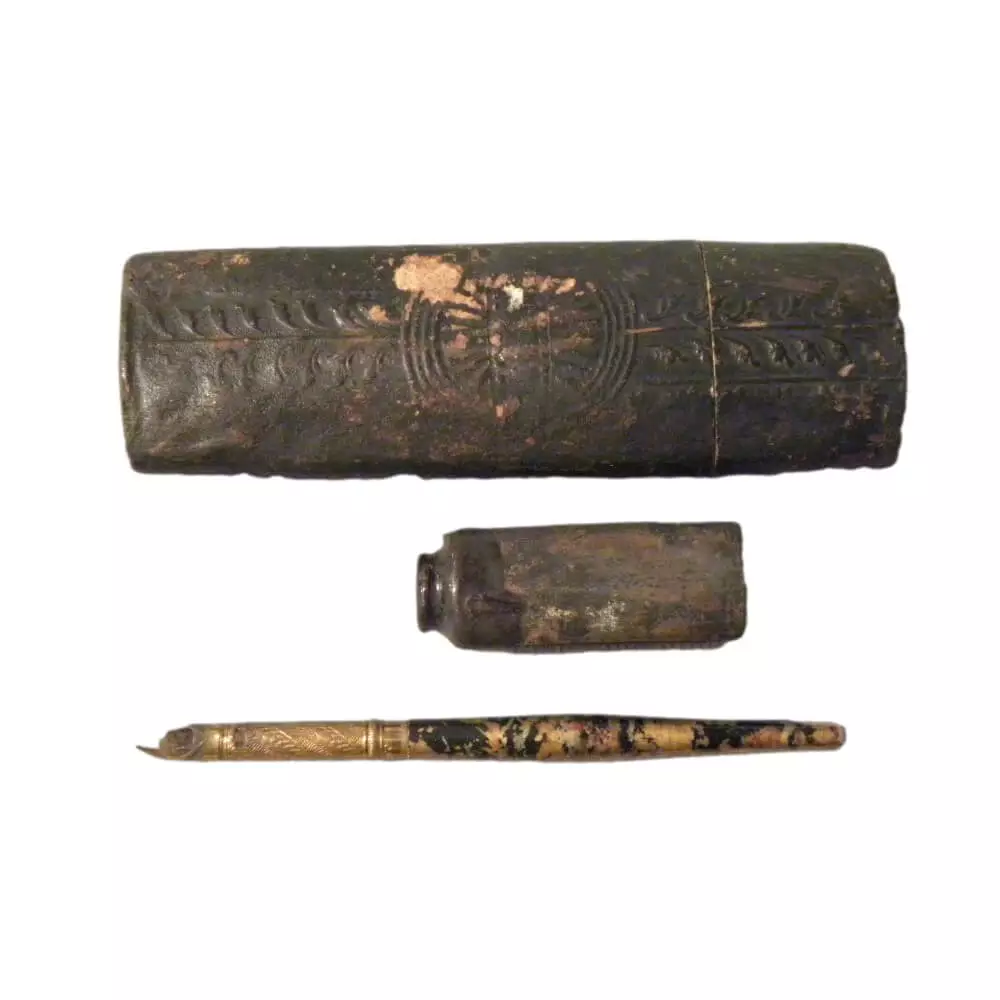
View this object in Matterport
Yost Zook’s use of this pocket inkwell, a modern convenience, would not have been appropriate except in a more progressive Amish congregation, like Rock Creek.
Donated by: Adam King
727.185
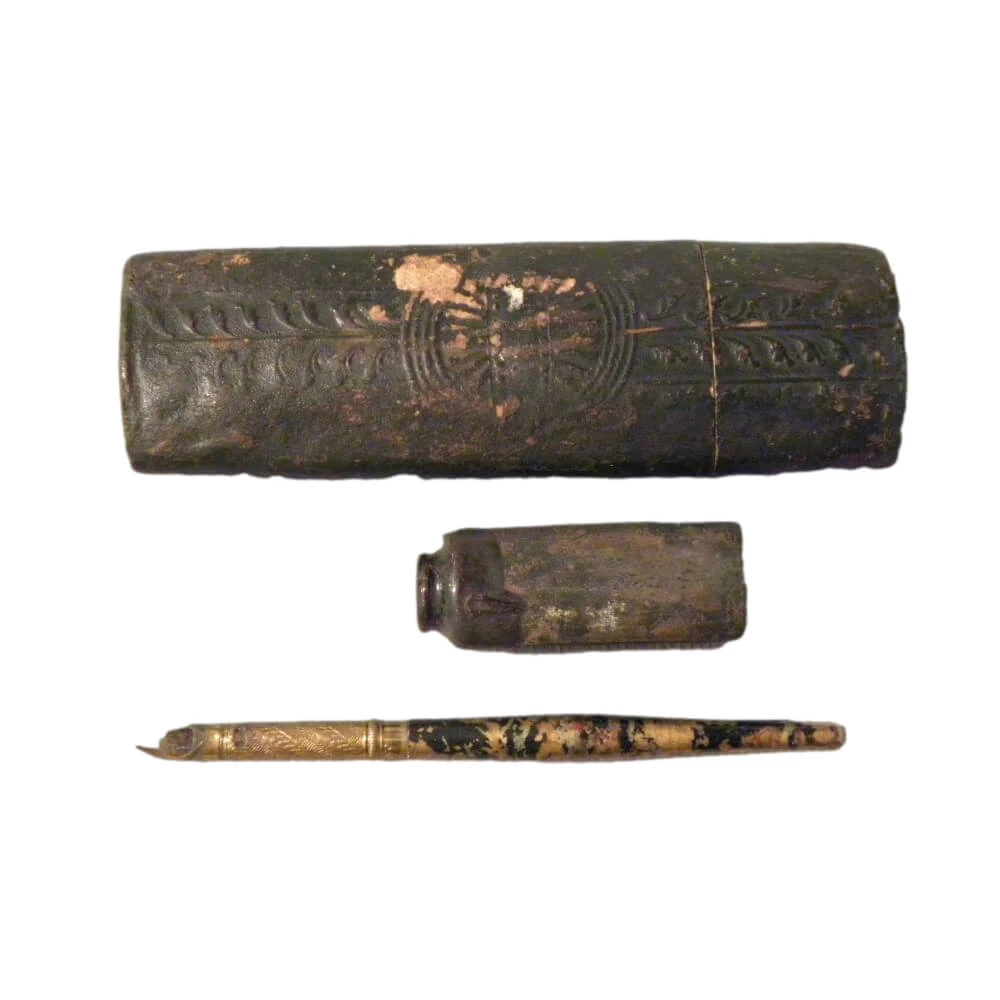
Candle snuffer, circa 1835
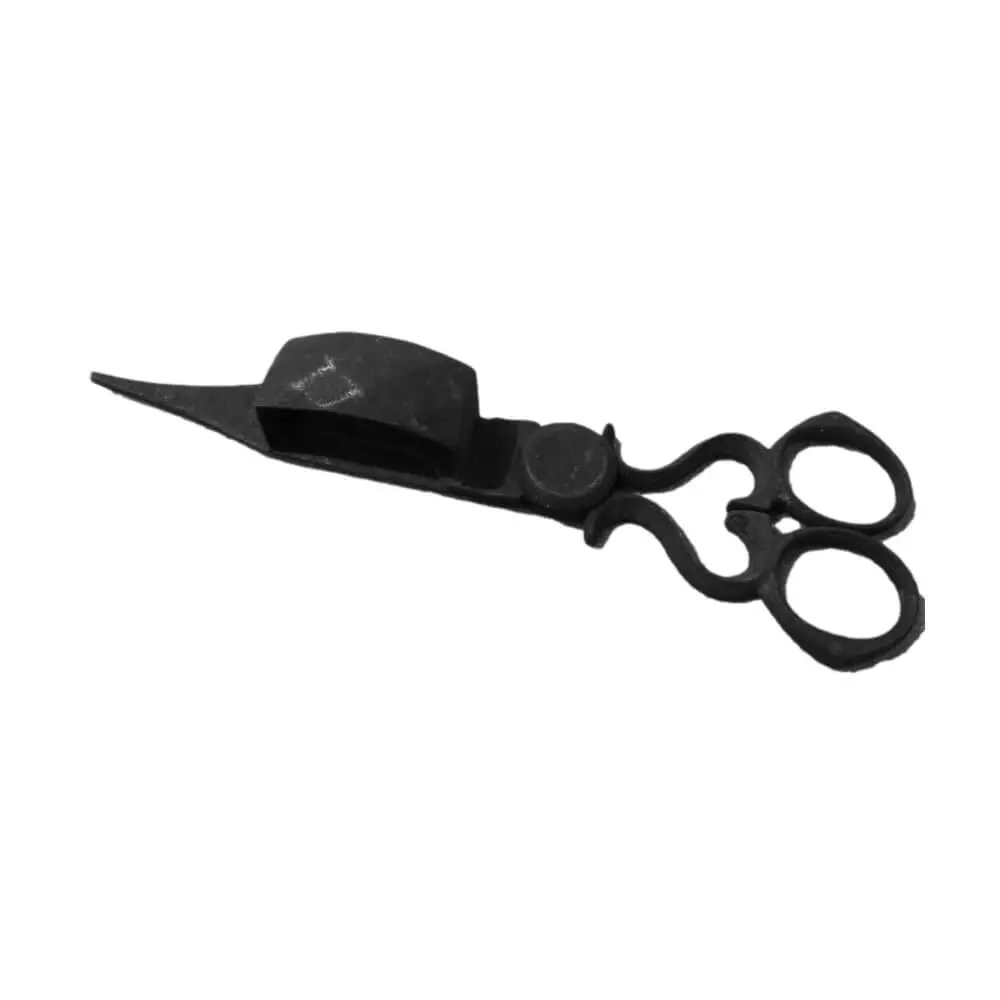
View this object in Matterport
Susan Zook brought this candle snuffer, which previously belonged to her parents, when she left Pennsylvania.
Donated by: Adam King
723.175
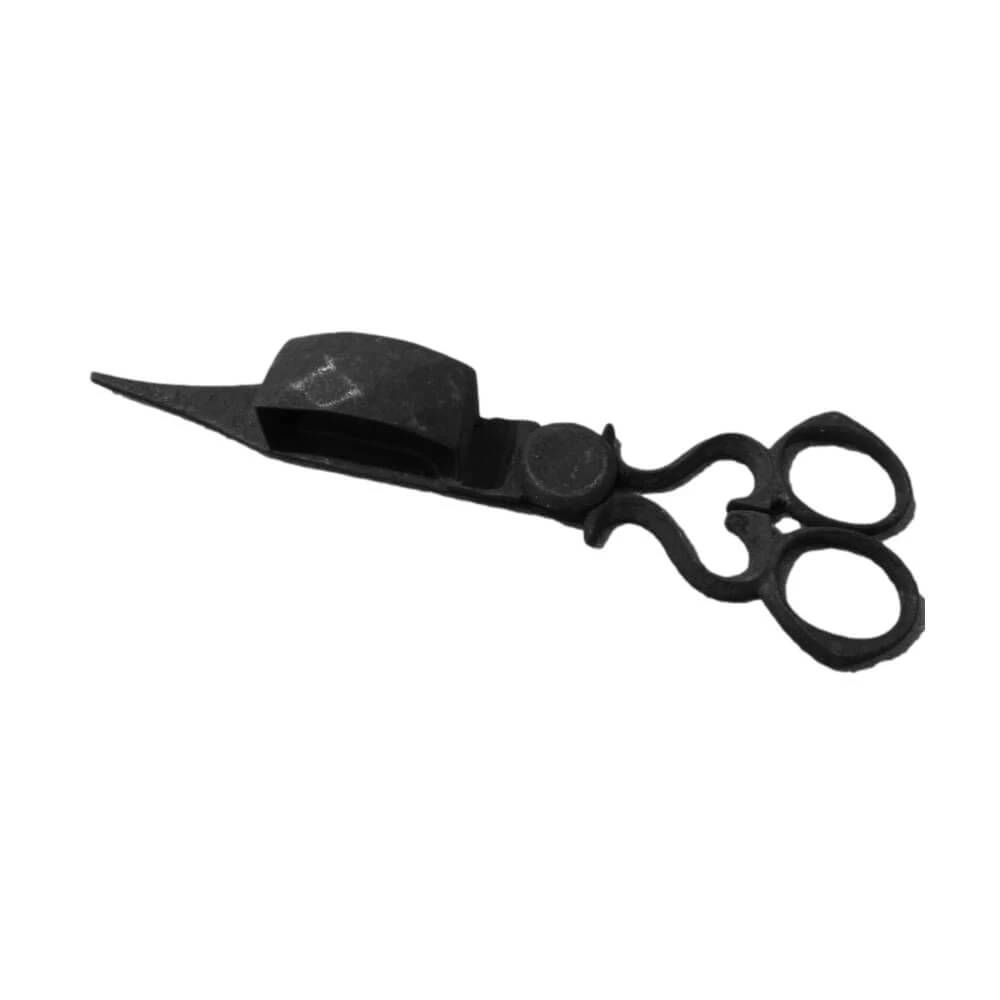
Grease lamp, circa 1835
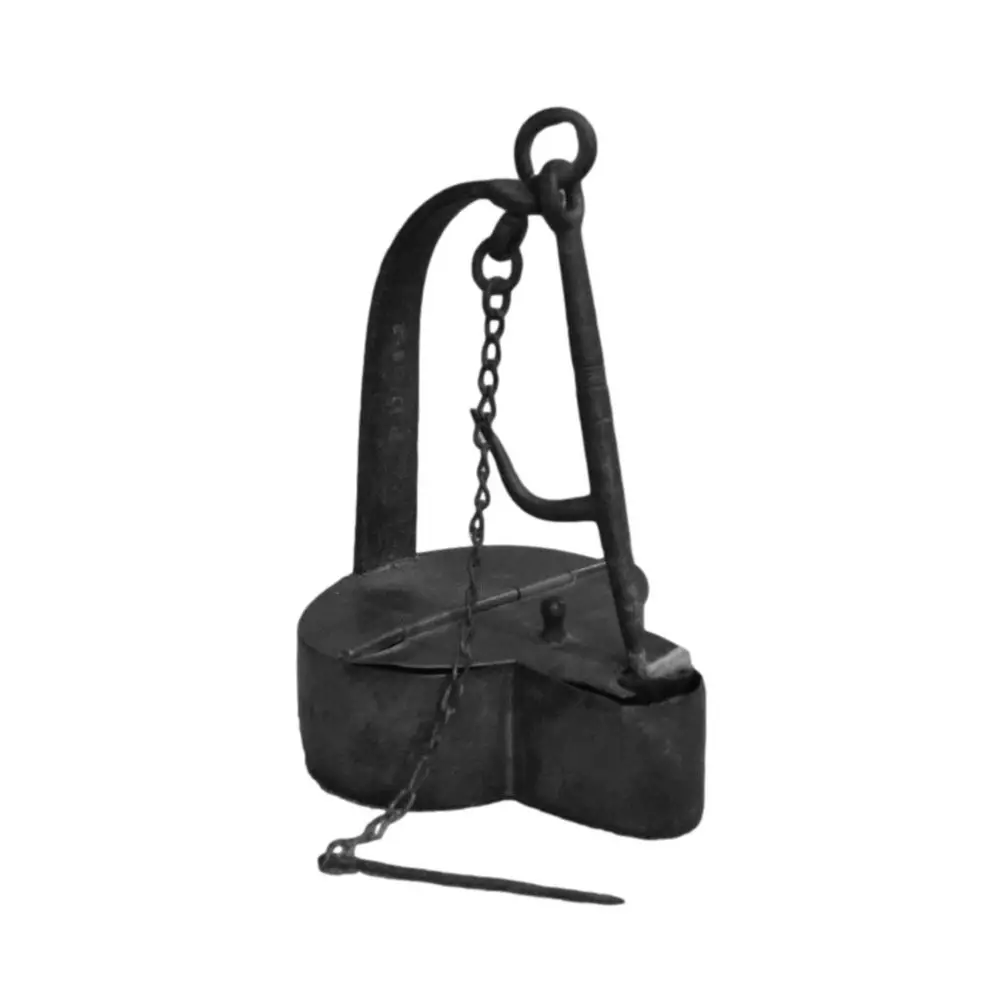
View this object in Matterport
A grease lamp, like this one, would have provided just enough light for evening reading.
Donated by: I.N. Shade
723.141
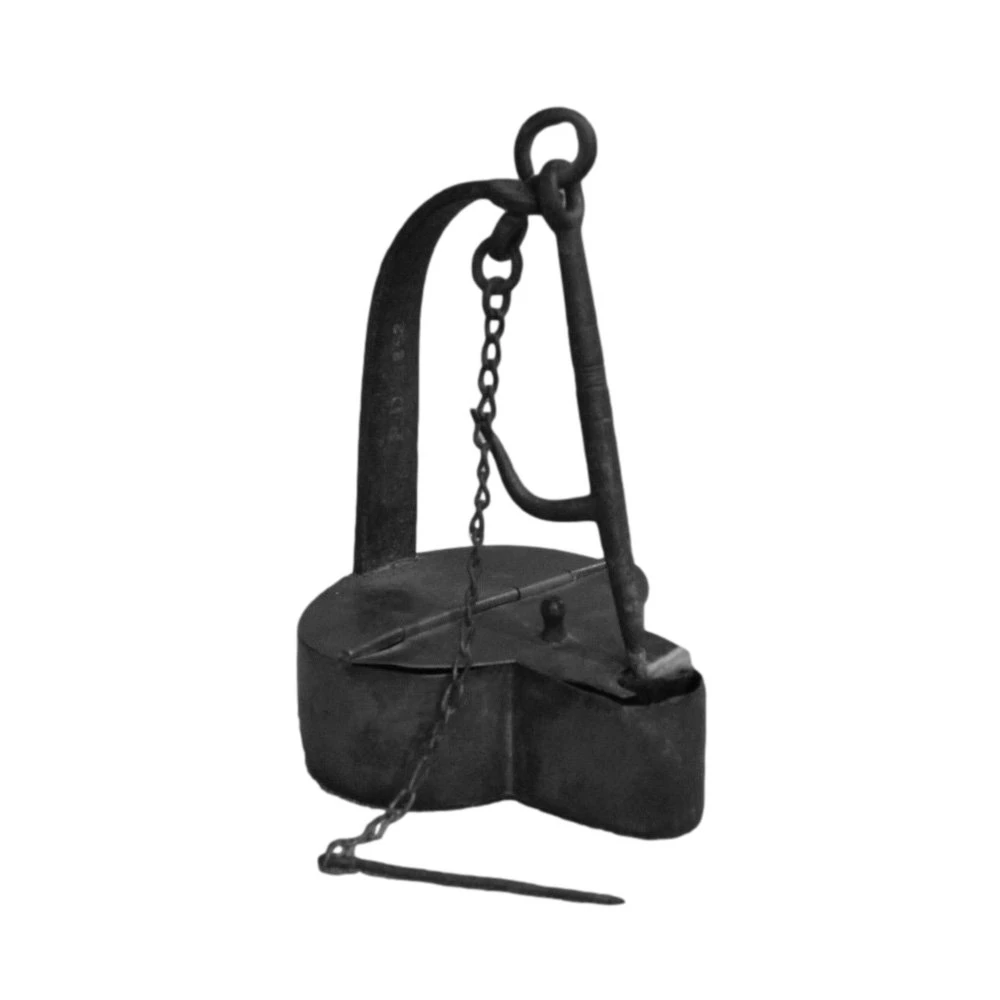
Inkwell, circa 1860
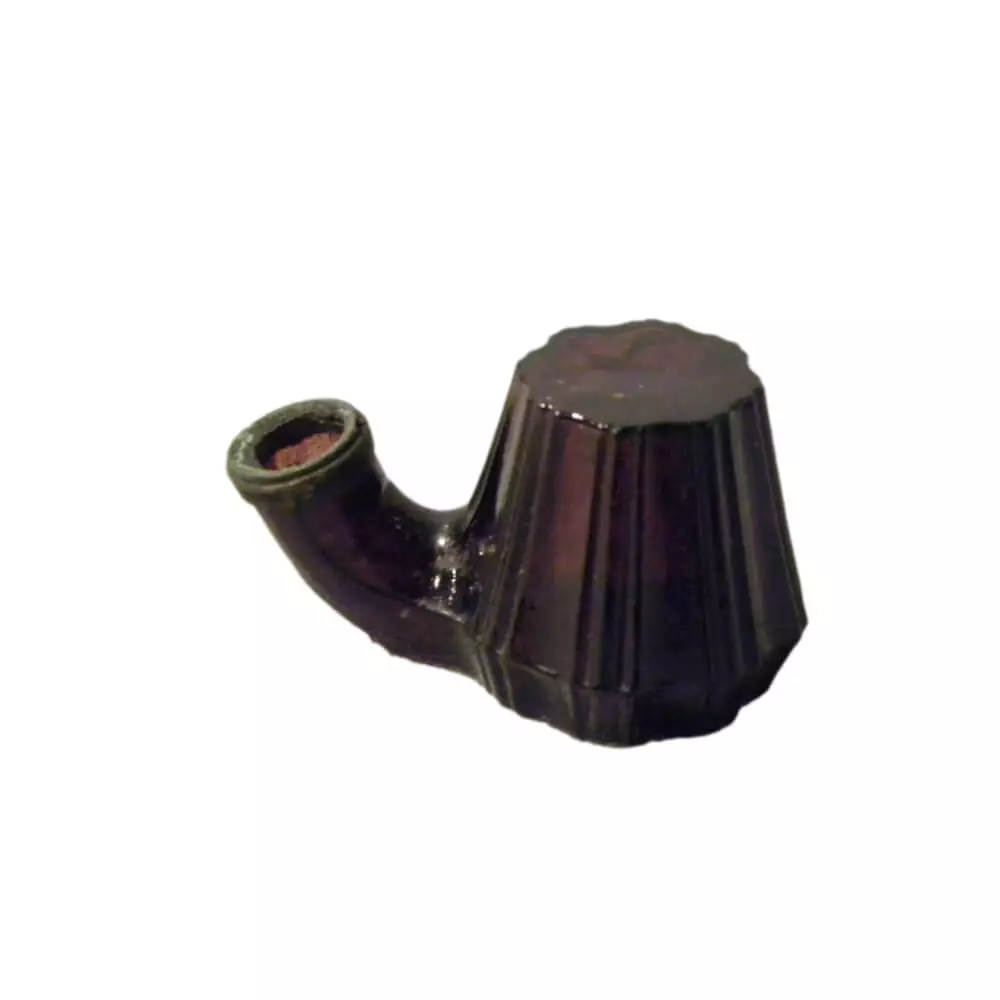
View this object in Matterport
Adam, Jacob, Catherine, and Eliza Zook all learned to read and write. Their writing tools were also used by their father who was a skilled artist.
Donated by: Adam King
867.1587
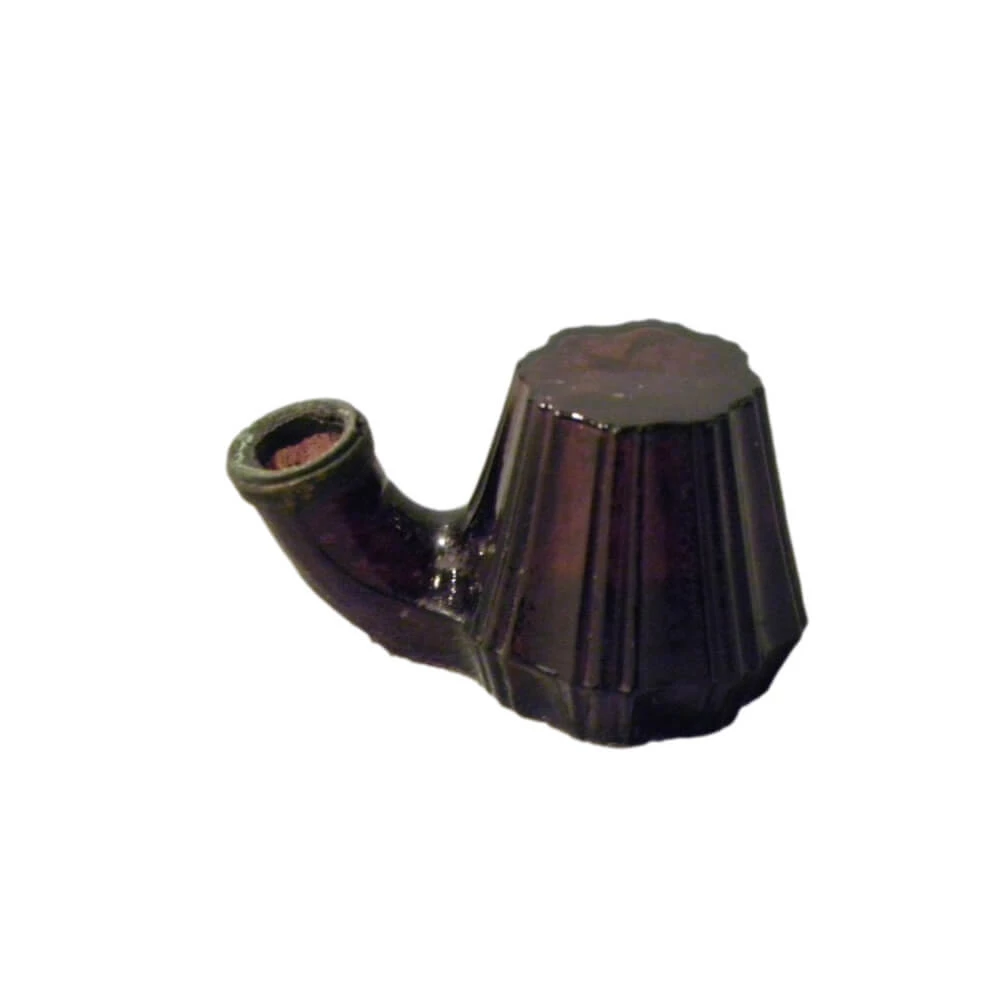
Ruler, circa 1850

View this object in Matterport
Donated by: Adam King
855.420

German language books
View this object in Matterport
Many Amish who came from Germany continued to read, write, and study in their native language. These German language books were used by Yost and his family. Many are inscribed with his name as it would be spelled in German — Jost Zuig. Collection of Christian Songs, 1834. Psalms of David, inscribed “Jost Zuig,” 1817. Math book, inscribed “Jost Zuig,” 1823. Christian Sermons, inscribed “Jost Zuig,” 1830.
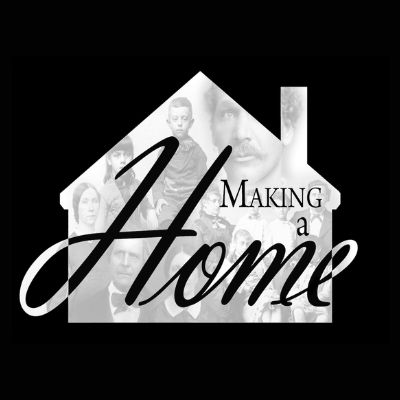 Making a Home
Making a Home
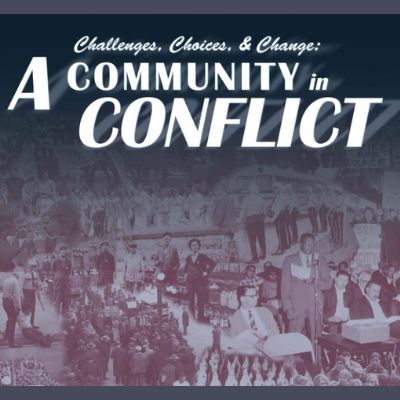 A Community in Conflict
A Community in Conflict
 Working for a Living
Working for a Living
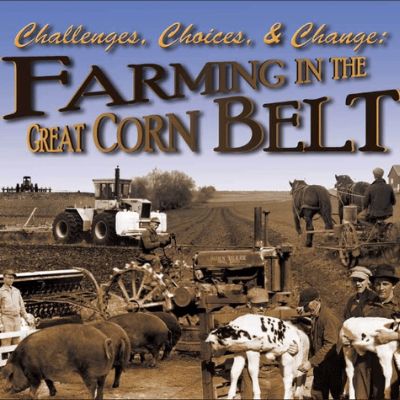 Farming in the Great Corn Belt
Farming in the Great Corn Belt
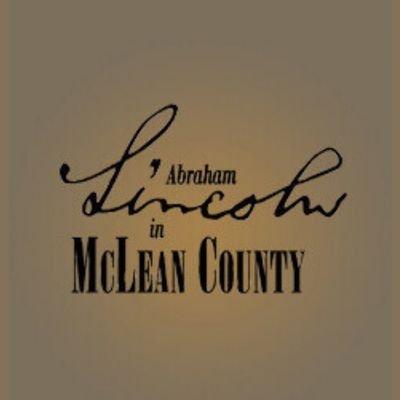 Abraham Lincoln in McLean County
Abraham Lincoln in McLean County
